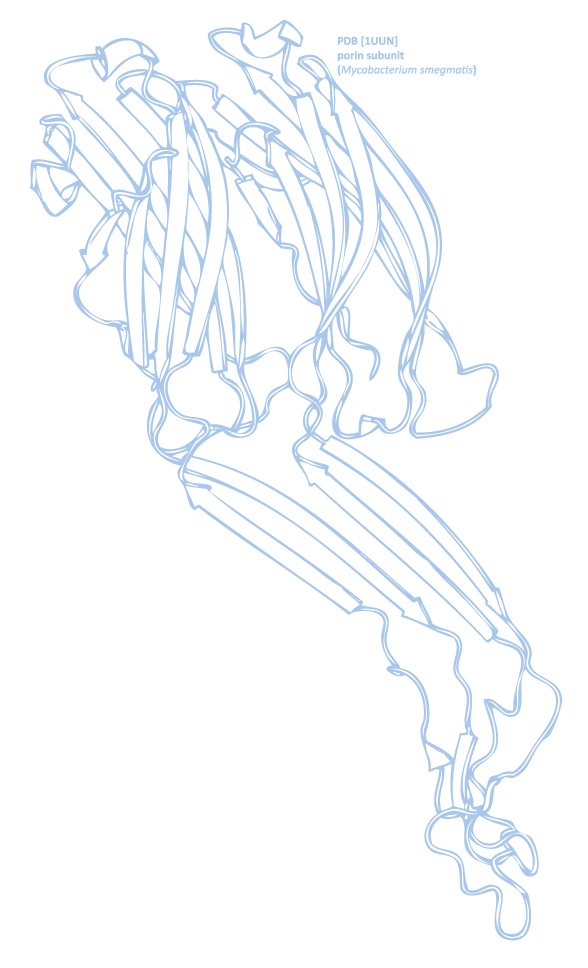

Radka Hanečková
science

biology student, graphic artist and DIYbio enthusiast


Throughout my youth, science has been my secret passion - I started out with popular science books about physics (Simon Singh is my favourite author) while still at high school, then I got side-tracked into evolutionary biology by Richard Dawkins and Sean B. Carroll. As I learned more about molecular biology, I was drawn in so deep that I realized that this is what I want to do for the rest of my life.
I graduated with the Masters degree in Molecular biology and Genetics of Eukaryota at the Charles university in Prague. At the lab of Dr. Radislav Sedláček at BIOCEV, I pursued my interest in expanding the TALEN and CRISPR genome editing toolkit for effective application in the mouse model. For my Masters thesis, I prepared and characterized a double-defficient transgenic mouse strain for two Kallikrein proteases that are suspected to play a role in epidermal disease. I presented part of my work at the 13th Transgenic Technology Meeting TT2016 in Prague.
Afterwards, I've joined the lab of Dr. Jochen Rink at the Max Planck Institute, Dresden. The research focus of my PhD degree centers around genome editing techniques in planarian flatworms – small, but complex animals with unique regenerative abilities.
Apart from academic research itself, I am eager to involve myself in science communication – in particular finding ways to engage and educate the general public directly, to foster interest and trust on both sides of the divide.
Publications:
Kasparek, P., Krausova, M., Haneckova, R., Kriz, V., Zbodakova, O., Korinek, V. and Sedlacek, R., 2014. Efficient gene targeting of the Rosa26 locus in mouse zygotes using TALE nucleases. FEBS letters, 588(21), pp.3982-3988.
Haneckova, R., Kasparek, P., Jenickova, I., Beck, I. M., Sedlacek, R., 2016. Using programmable nucleases for the generation of a viable mouse model for Netherton syndrome. Abstract in Transgenic Research, 25(2). Presented as poster at the 13th Transgenic Technology Meeting TT2016, Prague, 2016.
Kasparek P, Ileninova Z, Haneckova R., Kanchev I, Jenickova I, Sedlacek R., 2016. A viable mouse model for Netherton syndrome based on mosaic inactivation of the Spink5 gene. Biological Chemistry, 397(12). DOI: 10.1515/hsz-2016-0194.









